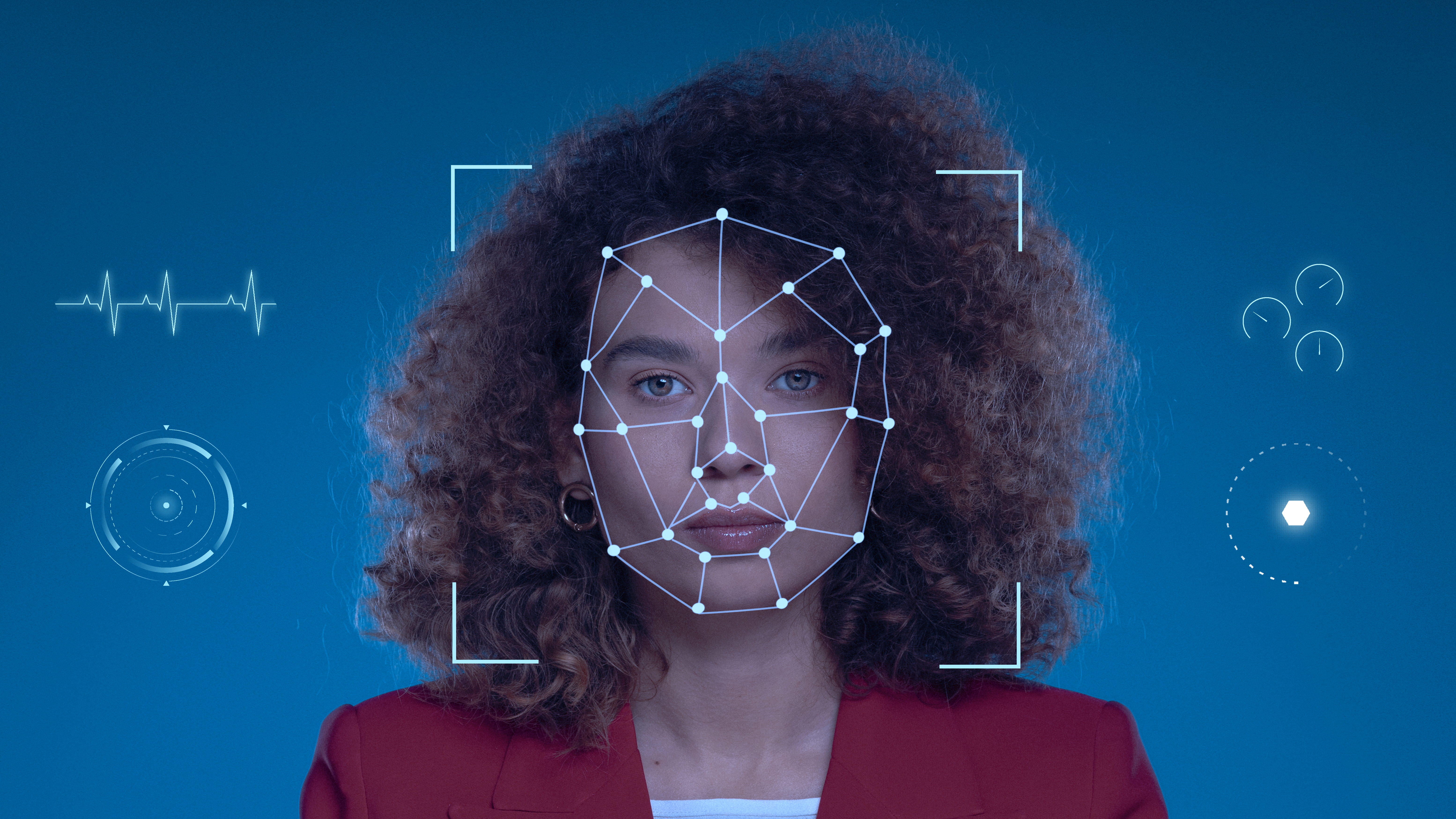Enrollment: Initially, individuals who will attend the event are required to enroll in the system. During this process, their facial features are captured and stored as a unique digital template. This template is based on various facial landmarks, such as the distance between the eyes, the shape of the nose, and the contours of the face.
Face Detection: When an attendee arrives at the event venue or check-in point, the system’s cameras detect their face as they approach. The cameras can work in various lighting conditions and angles, making them adaptable to different environments.
Face Matching: The captured facial image is then compared to the stored templates in the system’s database. Advanced facial recognition algorithms analyze the unique facial features and calculate a similarity score to determine if there’s a match with any enrolled attendee.
Attendance Logging: If a match is found and the attendee’s identity is verified, the system logs their attendance in real-time. This information can include the attendee’s name, time of check-in, and other relevant data.
Access Control (Optional): In some cases, the system may be integrated with access control systems, allowing only verified attendees to enter certain areas or sessions. This adds an extra layer of security to the event.
Data Storage and Analysis: All attendance data is stored securely, and event organizers can access this data for various purposes. They can analyze attendance patterns, generate reports, and gain insights into attendee demographics and behavior.


